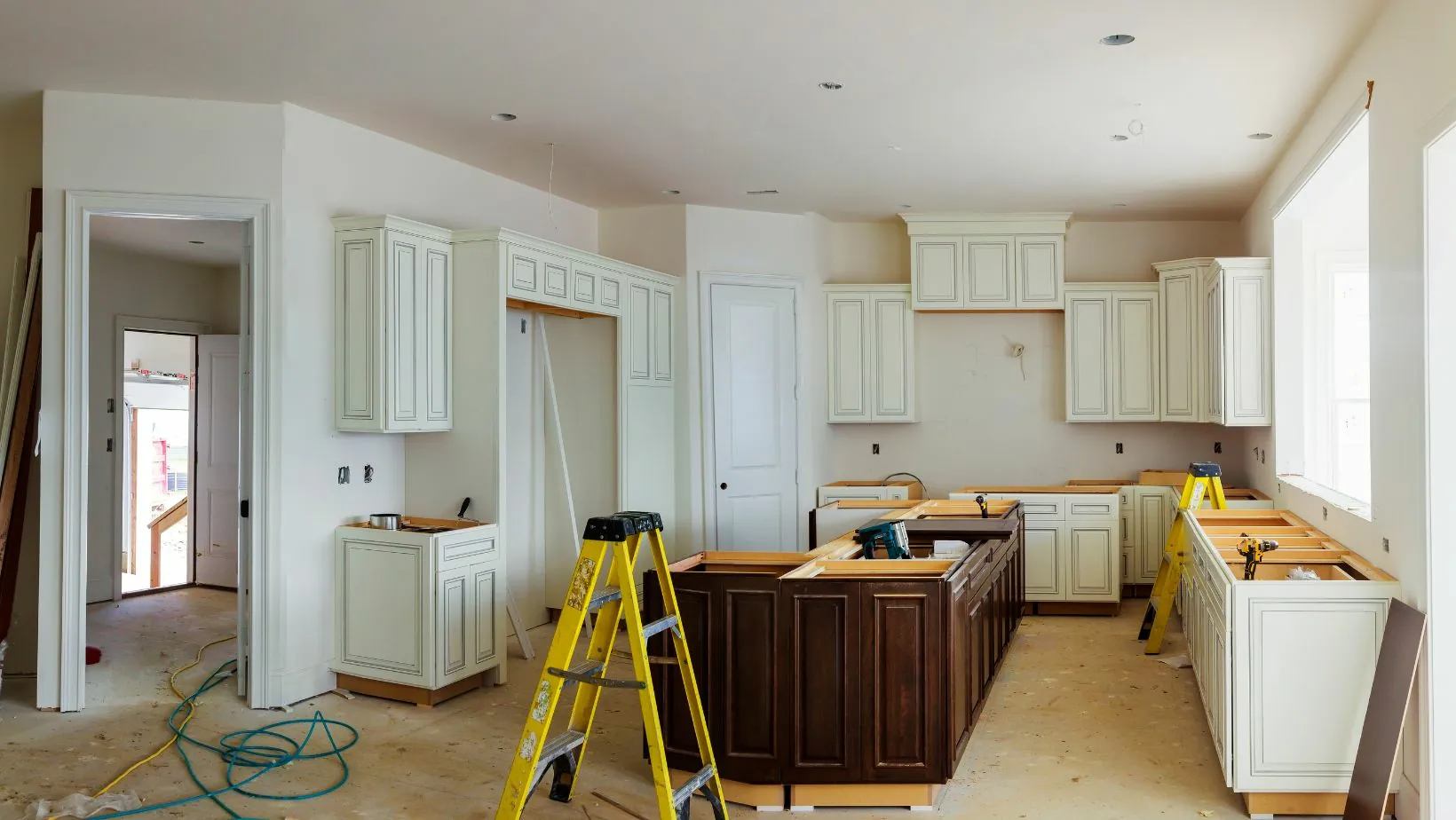Buying a home is one of life’s biggest investments, and protecting that investment is crucial. Home insurance serves as a safety net, shielding homeowners from unexpected financial burdens caused by damage, theft, or liability claims. Yet, many people overlook the importance of understanding their options when it comes to purchasing home insurance.
Navigating the world of home insurance can be overwhelming, with various policies and coverage levels available. It’s essential to know what to look for to ensure the right protection for your home and belongings. In this article, readers will discover key insights into the home insurance purchase process, helping them make informed decisions that safeguard their future.
Table of Contents
ToggleUnderstanding Home Insurance Purchase
Home insurance serves as a vital safeguard for homeowners, protecting against unexpected financial strains. A comprehensive understanding of home insurance options empowers individuals to make informed choices regarding their coverage.
Importance of Home Insurance
Home insurance plays a crucial role in protecting one of a person’s most valuable assets—their home. It covers various risks, including property damage, theft, and liability claims. The presence of home insurance not only offers peace of mind, but it also ensures financial stability in the face of disasters, such as fires or severe weather events. Homeowners often find that lenders require insurance coverage as part of the mortgage agreement, making it a necessary investment.
Types of Home Insurance Policies
Several types of home insurance policies cater to different homeowner needs:
- HO-1: Basic coverage for dwelling and personal property against specific perils, such as fire and theft.
- HO-2: Broad coverage for dwelling and personal property against a wider range of perils, including damage from falling objects and vandalism.
- HO-3: Comprehensive policy that insures the dwelling against all perils, except for specific exclusions outlined in the policy.
- HO-4: Known as renters insurance, it covers personal property within a rented space but does not cover the building itself.
- HO-5: Extended coverage for both the dwelling and personal property, offering higher limits and fewer exclusions compared to HO-3.
- HO-6: Specifically designed for condominium owners, covering personal property and structural improvements made to the unit.
- HO-7: Tailored for mobile or manufactured homes, providing similar coverage to HO-3, subject to specific limitations.
Understanding the types of policies enables homeowners to select coverage that aligns with their specific needs and circumstances.
Factors Influencing Home Insurance Purchase

Understanding the factors influencing home insurance purchases helps homeowners select the most suitable coverage for their needs. Several key elements play a significant role.
Location Considerations
Location affects home insurance rates and coverage options significantly. Homes in areas prone to natural disasters—such as hurricanes, floods, or earthquakes—often face higher premiums. Proximity to emergency services—like fire stations or hospitals—can result in discounts due to reduced risk. Crime rates in the neighborhood also influence costs; higher crime rates typically lead to increased premiums as the likelihood of theft rises. Additionally, local building codes and construction standards affect how policies are structured, necessitating consideration during the purchase process.
Coverage Needs
Coverage needs vary based on individual circumstances and property features. Homeowners should evaluate the value of their property and belongings to determine adequate coverage limits. Policy types—ranging from basic to comprehensive—offer different protection levels. Specific endorsements, like coverage for high-value items or additional living expenses, may be necessary for comprehensive protection. By analyzing personal assets and liabilities, homeowners can tailor their insurance policies to align with their unique risk profiles and financial situations.
Steps to Successfully Purchase Home Insurance
Home insurance purchasing involves several key steps to ensure optimal coverage at a competitive rate. Understanding these steps aids homeowners in making informed choices.
Researching Insurance Providers
Researching insurance providers is essential for identifying reputable companies. Homeowners should consider the following factors:
- Financial Stability: Review ratings from agencies like A.M. Best or Standard & Poor’s to gauge a provider’s financial health.
- Customer Service: Check consumer reviews on platforms like J.D. Power or Consumer Affairs to evaluate the quality of customer support.
- Claims Process: Investigate the efficiency of the claims process by reading customer testimonials, affecting how easily they can receive payouts.
Comparing Quotes
Comparing quotes allows homeowners to find the best policy for their needs. Important aspects to consider include:
- Coverage Limits: Ensure each quote provides sufficient coverage for dwelling, personal property, and liability, aligning with individual risk profiles.
- Deductibles: Analyze the deductible amounts associated with each policy, as higher deductibles often lead to lower premiums but increase out-of-pocket expenses during claims.
- Discounts: Identify potential discounts offered by different providers for bundling, security systems, or claims-free records, impacting overall premium costs.
By diligently researching providers and comparing quotes, homeowners secure the optimal home insurance policy suited to their specific requirements.
Common Mistakes to Avoid in Home Insurance Purchase
Homeowners often make critical errors when purchasing home insurance. Identifying these mistakes can lead to better protection for homes and financial stability.
Underestimating Coverage Needs
Underestimating coverage needs leads to inadequate protection against potential losses. Homeowners should accurately assess the value of their homes and belongings to ensure sufficient coverage. This assessment includes understanding replacement costs, which might differ from the market value. An effective approach involves creating an inventory of personal belongings and their values, ensuring that all valuable items, from electronics to jewelry, receive appropriate attention. Many homeowners overlook the cost of rebuilding their homes in case of total loss, particularly in disaster-prone areas where materials and labor can be expensive. Such evaluations help prevent financial hardship during unexpected events.
Ignoring Policy Details
Ignoring policy details can result in unexpected gaps in coverage. Homeowners need to thoroughly read and review their policy documents, focusing on exclusions and limitations. Common exclusions include certain natural disasters, such as floods and earthquakes, which might necessitate separate policies. Additionally, homeowners should pay attention to deductibles; a high deductible may reduce premium costs but can lead to significant out-of-pocket expenses after a claim. Understanding liability coverage is equally crucial, as it protects against claims from injuries or damages occurring on one’s property. Addressing these details enables homeowners to make informed choices that enhance their policies and avoid surprises during the claims process.
Navigating the world of home insurance can seem daunting but it’s essential for safeguarding one of life’s biggest investments. By understanding the various policy types and factors affecting coverage, homeowners can make informed choices tailored to their unique situations.
Taking the time to research providers and compare quotes not only helps in finding the right policy but also ensures financial stability in the face of unexpected events. Homeowners should remain vigilant about their coverage needs and regularly reassess their policies to avoid potential pitfalls.
With the right approach, securing home insurance can provide peace of mind and protection against life’s uncertainties.







